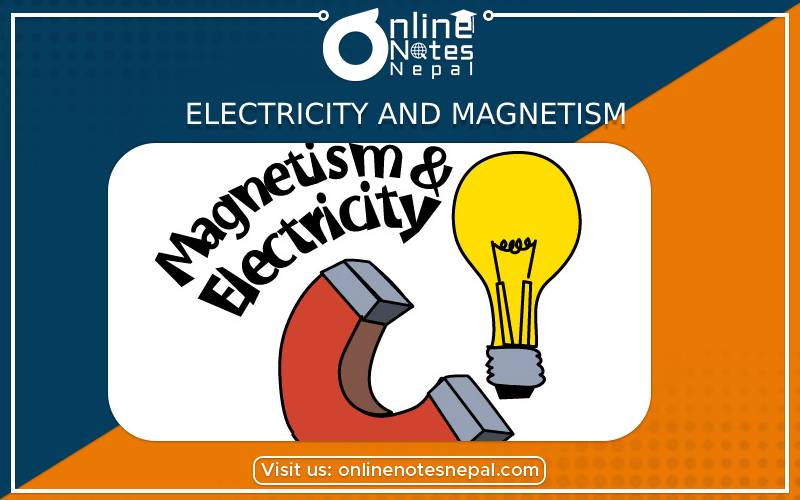Published by: Nuru
Published date: 13 Jan 2022

Electric charge
Electric charge is defined as the electrical property of particle or a body. The process of producing electricity by rubbing is called electrification by friction.
Examples:
Static and current electricity:
Static electricity: The electricity that is possessed due to change in the number of electrons in bodies.
Current electricity: The electricity that is possessed due to flow of electrons in conductors.
Difference between static and current electricity are as follows:
| Static electricity | Current electricity |
| The electricity that is possessed due to change in the number of electrons in bodies. | The electricity that is possessed due to flow of electrons in conductors. |
| It is produced in insulators. | It occurs in conductors. |
| It cannot be transported from place to place through conducting wires. | It can be transported from place to place through conducting wires. |
Sources of electricity:
An instrument or a device that changes a non-electrical energy into electrical energy is called the sources of electricity. Heat energy, chemical, mechanical energy, atomic energy etc. can be converted into electrical energy.
Cells:
The devices, which convert chemical energy into electrical energy, are called cells. Common use of cells in daily life is due to following reasons:
Photocell: A photocell is a device, which converts light energy into electrical energy.
Generators or dynamo: Generators or dynamo are those devices which convert mechanical energy into electrical energy. Mechanical energy can be obtained from thermal energy, atomic energy, running water etc.
Electric circuit: The conducting path through which electricity flows is called electric circuit. An electric circuit, through which electricity flows, is called a closed circuit. An electric circuit, through which electricity does not flow, is called open circuit. It consists of a key and a bulb or any electrical device.
Conventional current flow
At first, about the movement of flow of current, it was believed that positive charges would move from a positively charged body to a negatively charged body if they are connected by a conducting wire which was known as conventional current flow.
But in reality, electric current is the flow of free electrons which flow in just opposite direction of the conventional current flow. But also still today we use conventional current flow though it is opposite because many definitions and explanations related to electricity are made on the basis of conventional current flow.
The rate of flow of charges through a conductor is called electric current.
If one coulomb charge flows through a conductor in one second, electric current is said to be one ampere.
Ammeter: An ammeter is an electrical device which measures the electric current flowing through a circuit.
Galvanometer: The galvanometer is an electrical device which detects the presence of current in an electric circuit.
Conductor and insulator
It is not that every substance or things conduct electricity. Some may conducts electricity but some may not. Those substances which conducts electricity are called conductors. Some examples of conductors are silver, copper, aluminium, graphite, etc. Those substances which do not conduct electricity are called insulators. Some examples of insulators are paper, wood, plastic, etc.
There are also substances which cannot conduct electricity at room or normal temperature but they can conduct electricity at high temperature. These substances are known as semi- conductors. Germanium and silicon are good examples of semi- conductors.
The space around a magnet, where magnetic force can be felt by a magnetic body is called the magnetic field of that magnet. The field can be represented by lines, called magnetic lines of force.
A magnetic line of force is a line, straight or curved, the tangent to which at any point gives the direction of the magnetic field at that point.
Properties of magnetic lines of force:
Neutral Point:
When two magnetic field i.e. magnetic field of earth's magnet and bar magnet acts in the same place, the resultant field has a special character. When we placed the magnetic needle at any particular point, then the needle does not show any direction at that point as there is no net magnetic field at that point. This point is known as a null point or neutral point.
A neutral point in a magnetic field is a point at which the horizontal component of earth’s magnetic field and the magnetic field due to the magnet are exactly equal and opposite. At the neutral point, the lines of force will not pass and compass needle will not point in any fixed direction.
In other words, 'A neutral point in a magnetic field is a point at which the horizontal component of earth’s magnetic field and the magnetic field due to the magnet are exactly equal and opposite. At the neutral point, the lines of force will not pass and compass needle will not point in any fixed direction'.
Properties of magnet are as follows: